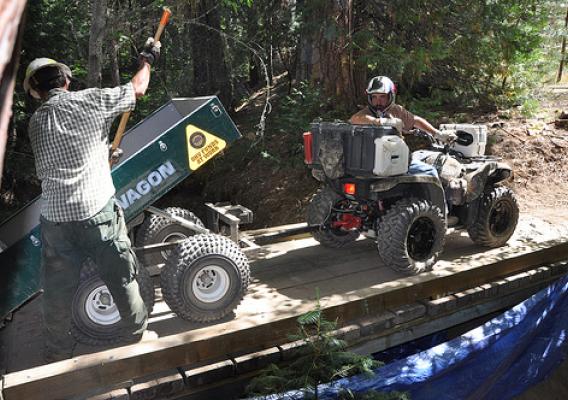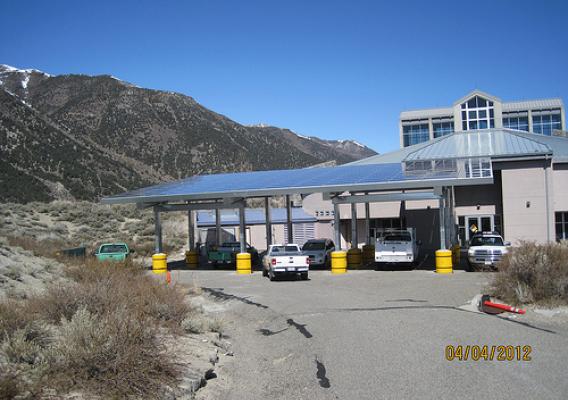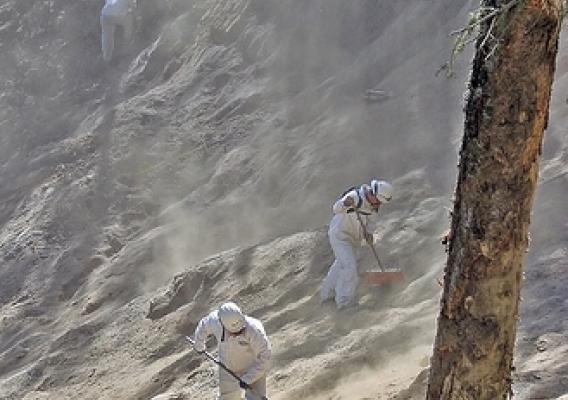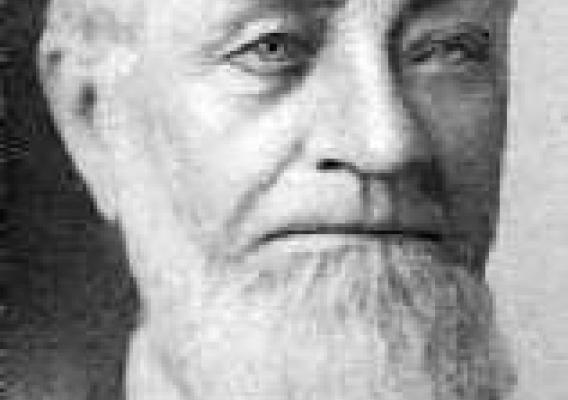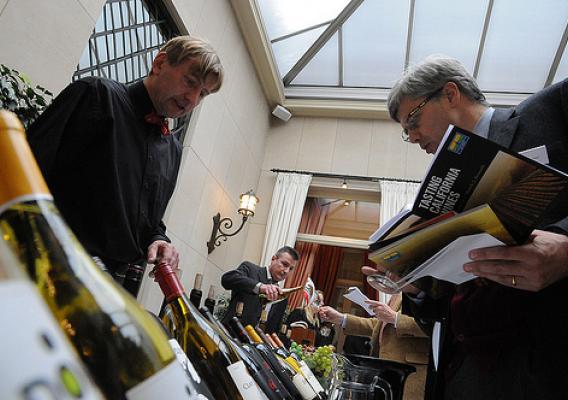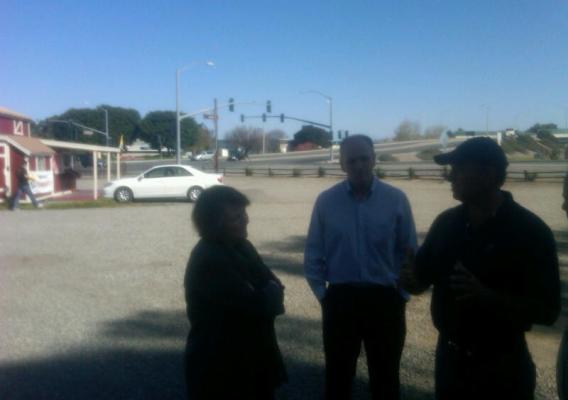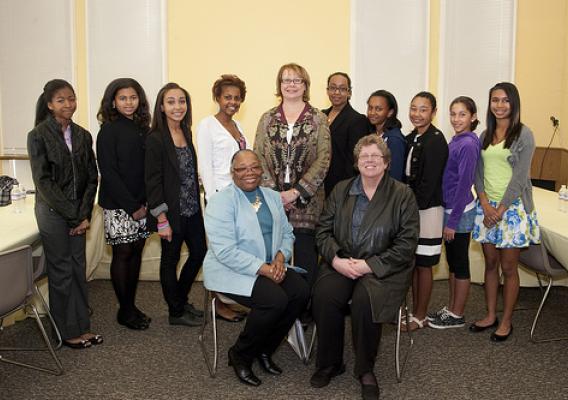When the U.S. Forest Service was established in 1905, the common belief was that only men were physically and mentally capable of working outdoors for the agency. In the early 20th century, women were limited primarily to roles as administrative clerks. But in 1913, Hallie M. Daggett was hired as the first woman employee to be assigned to field work. She worked as a lookout at Klamath Peak on the Klamath National Forest in Yreka, Calif. – for 14 years.
Today, women comprise 38 percent of all of the Forest Service’s more than 30,000 employees. Women hold positions in all aspects within the agency, including forester positions, scientists and senior leadership roles.
“We take a lot of our opportunities today for granted as if they have always been that way,” said Angela Coleman, Associate Deputy Chief of Forest Service Research and Development. “We don’t stop long enough to thank those pioneers, women and men, who helped break down barriers that allow the Forest Service to be more inclusive. We are stronger today because of the strength of our diversity.”

